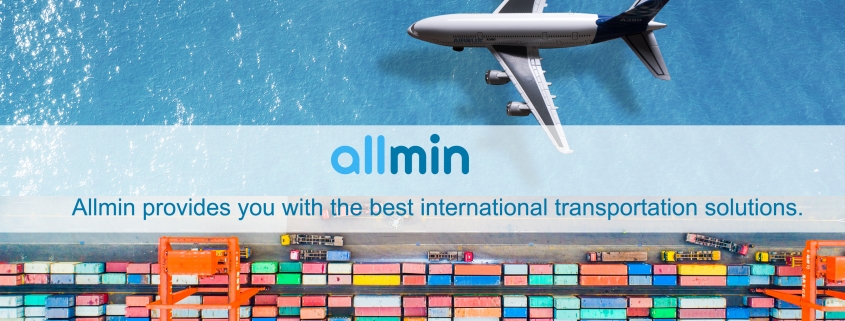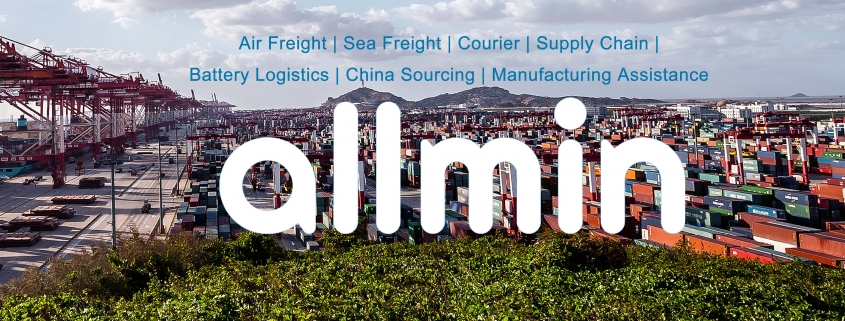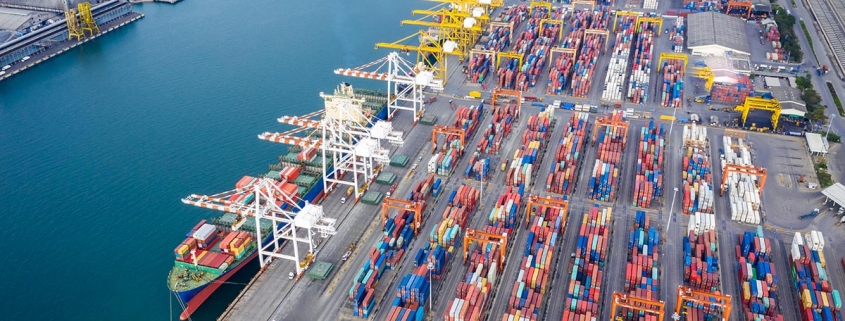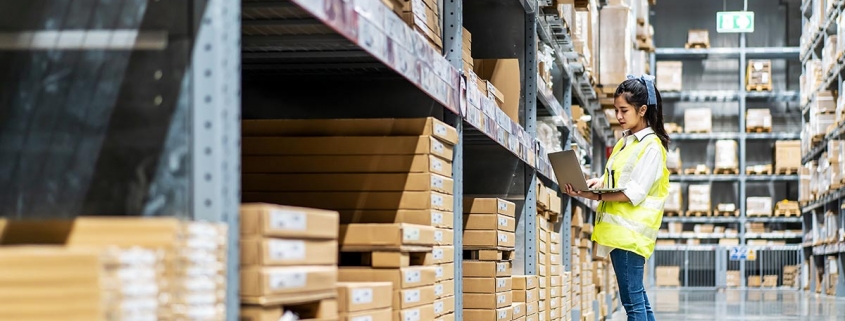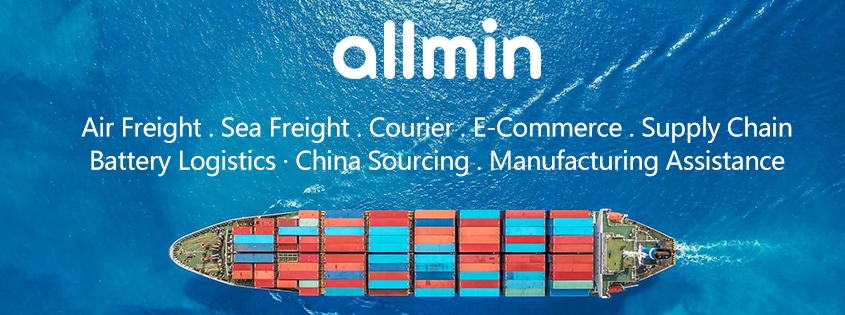Hello everyone! Today, we’re going to explore the key to optimizing cost control in international logistics. Cost control is a crucial aspect of supply chain management. Let’s delve into it!
Firstly, optimizing the supply chain network is essential for cost reduction. By strategically planning the supply chain network and selecting appropriate warehousing and transportation solutions, we can minimize logistics nodes and processes, improve transportation efficiency, and reduce logistics costs.
Secondly, effective inventory management is a vital strategy for cost control. Inventory management involves balancing supply and demand, controlling safety stock levels, and increasing inventory turnover. Through precise inventory management, we can avoid inventory backlogs and excess stock, reducing capital occupation and warehousing costs.
Furthermore, the selection and management of partners also impact cost control. Choosing reliable suppliers and logistics service providers, establishing stable partnerships, can result in competitive prices and high-quality services, thereby reducing procurement and logistics costs.
Lastly, the application of information technology plays a significant role in cost control. The use of logistics information systems, data analytics, and forecasting technologies can enhance logistics visibility and decision-making efficiency, thereby lowering operational costs and risks.
In conclusion, optimizing cost control is a key factor in international logistics. Through supply chain network optimization, inventory management, partner selection and management, and the application of information technology, we can effectively reduce costs and enhance supply chain competitiveness.
#hashtags:
#costcontrol #supplychainoptimization #inventorymanagement #partnerselection #informationtechnology #logisticscompetitiveness

